This Article will show what is the Cash Envelope Budget System, why the Cash Envelope Budget System is Good for us, how the Cash Envelope Budget System Works, and Tips for Successfully Using the Cash Envelope Budget System. Complete step-by-step guide. Include Advantages and Disadvantages with Frequently Asked Questions and Conclusion.
What is the Cash Envelope Budget System
Cash Envelope Budget System is an old-fashioned, paper system of managing money where the users enjoy the luxury of monitoring their spending by saving and placing money in advance for different expense categories in specialized envelopes. It’s about getting the users to dig out money for the cost of every month and spill them into various envelope pockets that contain various budgetary categories like grocery, entertainment, restaurant, or gas. The system’s appeal is that it is easy and the visual reminder—easy to see how much there is and not overspend because when the envelope runs out, the spending on that category is finished until next month.
First coined by money manager Dave Ramsey, this strategy has been out there for years since it celebrates discipline, intention, and mindfulness in finances. The physical act of paying with cash instead of waving a hunk of plastic is also a psychological deterrent to impulse buying, requiring you to slow down before making a purchase. Most people discover that the physicality of actually having money come out of their hands provides a more tangible feeling of value for what they are spending.
The second enormous benefit of the envelope system is that it’s very flexible. Whether you’re surviving on paycheck-to-paycheck low-pay wages or if you’re saving up for long-term goals, envelopes can be tailored to fit your lifestyle. For a night out on town one weekend or for covering the bill when the car repair ends up over-spending your budget, cash envelopes can be cut back according to changing priorities. That flexibility has been what has kept the system so robust, even in the age of computer banking today.
It does require habit and discipline, but. Not opening the envelopes, breaking even, or “borrowing” from one envelope to pay another can sabotage the system in a matter of weeks. To be effective, you have to remain within the constraints you set for yourself when you begin a new budget cycle. In the long run, however, the habits of more stringent management of finances are well worth the upheaval caused in the initial stages.
Some hybrid models pair the retro envelopes with budgeting software nowadays. Modernization is about being able to monitor money easily online, but preserving the spirit of cash budgeting. On paper, the cash envelope system is a crucial piece in achieving money awareness and self-control.
Why the Cash Envelope System is Good for Us
The cash envelope system is my savior and that of everybody else who has financial issues. Probably the most convenient aspect of doing business with the system is how transparent it is. Whenever I do find myself breaking up cash into individual envelopes, I always know where my money’s headed right from the start.
In contrast to swiping a card, since I am spending with cash, I have this tactile sensation of contact with what I am spending, and I pay attention more. Every dollar I withdraw from my pocket and place somewhere is a dollar I get to feel like I released into the world with it, and thus tougher on me to discard. Another area where the system works so effectively for me is that it practices self-discipline.
The envelopes are tight budgets—once an envelope runs out, that’s as far as it goes for the month on that category. The system makes me differentiate between needs and wants and say “no” to myself when I want to splurge. Rather than depending on credit cards and simply keeping a revolving door of debt, I’m learning to live off what I earn and cut simultaneously by budgeting agents. This is also the reason why it is so easy to accomplish in my lifestyle.
I don’t have to be a wizard when it comes to math to accomplish it. No bothersome spreadsheets, no expensive computerized budgeting software (other than if I choose to use a hybrid system), and no hidden expenses. My cash, me, and my budget buckets.” This simplicity eliminates the fear and the uncertainty that accompany money management so that budgeting is as much a freedom mechanism as it is a necessary nuisance. In addition to tracking expenditures, the cash envelope system also assists me in saving and reaching goals.
Excess cash at the month’s end may be saved, and this is one of the easier and simpler means of amassing an emergency fund or funds for something one knows will have a high outlay. Tangible proof that something is coming along, such as an envelope filled with leftover cash, is what gives me a tangible sense of accomplishment and pushes me onward.
Also, cash spending gives me a greater emotional handle on money. Rather than doubt or guilt regarding what I am spending, I am more positive and in command. Cash budgeting turns money from something over which I feel anxious and out of control to something over which I am in control by intention. This mentality change has overflowed into the rest of life, building better people relationships, reducing tension, and the feeling of more stability overall.
Finally, the cash envelope system is so flexible that it can easily be adjusted to respond to life’s changes.
If I plan out my income fluctuates, my expenses vary, or my spending varies, I can modify my envelope numbers easily without having to redo my entire budget. How simple it is to gain access to play around with the system is what makes it long-term sustainable and allows me to remain financially healthy regardless of what comes down the pike.
How the Cash Envelope Budget System Works
To start using the cash envelope budgeting system, one must first prepare a full budget. Begin by writing down your entire monthly income and your recurring expenses, such as rent, electricity bills, groceries, fuel, entertainment, and miscellaneous expenses. Once expenses are listed, assign each one of them a logical amount based on your previous expenditure and objectives.
Secondly, take out the same money you will be spending for the month or pay period. Split the money into actual-life envelopes, with each group for which you will be spending. You can have a restaurant envelope, a grocery envelope, gas money, and recreational money. Money in each envelope is money that you can only use for that category till the next budget period.
As you move through the month, you spend money directly out of the right envelope. If you’re purchasing groceries, you’re spending money out of the “Groceries” envelope. Once you’ve spent money in an envelope, you can cut back in that area or get on the program—no credit card sliding and dipping into another envelope except by moving money yourself.
Throughout the month, monitor how much you spend out of every envelope. Monitoring will allow you to see trends, know where you are overspending, and adjust your future months’ budget. After every cycle, see how much cash remains and roll it over into savings or put it into the following month’s budget.
By adding these spending physical constraints, the cash envelope system encourages wise spending and keeps overspending’s inclination to overspend at bay. It is a simple, effective way that makes sure spending on account remains consistent with personal goals.
Tips for Successfully Using the Cash Envelope Budget System
Effective use of the cash envelope system begins with careful planning and self-control. Start by taking a serious look at your past expenses to come up with viable budget categories and amounts. Overestimating or underestimating one’s needs may render the system useless even before implementation.
Organization is critical. Clearly label each envelope, and consider using different colored envelopes or folders for ease of use. Consistency is key—you should always know where your envelopes are and should only access them when necessary to avoid impulsive spending.
If it is too much trouble to handle over one envelope, restrict the number of categories you handle in cash. Begin with discretionary categories where you will tend to overspend, i.e., dining out at restaurants, shopping, or recreation. Routine bills such as rent and insurance can be handled electronically for convenience’s sake.
Add some buffer space to your envelopes, particularly the discretionary ones like grocery or gasoline. A buffer saves you from ending up with very little and, therefore, borrowing from other envelopes. Look at your spending from time to time and recreate your envelope balances as your levels of living vary.
Lastly, be proud of yourself! Watching actual savings accumulate and credit card balances go down is truly motivational. You’re not toying with money—you’re learning how to do the process.
1. Begin with Clarity Budget Categories
Even before you cash out, it’s better to define short-term spending categories. Consider your expenditures on a daily basis such as grocery, petrol, eating out, and recreation. Too many or too few envelopes are confusing. Try to have straightforward categories at first and later add more as required.
Having started with general categories like “Food,” “Transportation,” and “Personal Spending,” it kept micromanaging in the background. Having too many envelopes will make handling cash a nightmare, and having too few will create gaps in your budget. Having an exact format provides a solid foundation for solid budgeting.
With awareness of exactly where each dollar needs to be spent, I am more able to stay within budgeting goals and repel wasteful spending. And with the specific categories, I can immediately inform you of which areas of trouble there will be if wasteful spending is embraced in one of those categories. Here is where change starts when it comes to managing money.
2. Always Plan Your Budget Before the Month Begins
One of the worst things individuals do is wait until the middle of the month to plan out their spending. Planning ahead on budgeting gives me a good, thought-out plan for my money. It enables me to project expenses, save into each envelope, and budget for any upcoming irregular expenses like birthdays, holidays, or car repairs.
By pre-planning it, I’m not putting myself in the position of unnecessary financial hardship down the road. It also helps me shift categories around according to what I plan to do for my month. If I have a flight traveling somewhere, I will move the “Transportation” or the “Entertainment” envelopes accordingly.
Saving in advance saves all the paychecks I earn hard for me from the first dollar to the last. It puts my consumption habit into proactive mode rather than a reactive one, and I like the feeling of being in control.
3. Allocate a Set Amount in Every Category
Once you have divided your categories, divide a lump sum of money between them. This establishes limits and discourages spending too much. Such as, I have $300 that I spend on food; when that’s depleted, I can’t spend anything else without having to go into another envelope, which I avoid doing whenever possible.
Fixed sums are necessary as they facilitate disciplined spending. They cause me to economize in saving or skimp on money when it’s low. Planning meals, purchasing in specials, and steering clear of little addictions become doable with a hard cut-off.
An allocation per envelope also assists in making superior money decisions. It conditions me to prioritize first, differentiate needs and wants, and think twice before buying things.
4. Lock and Organize Envelopes
As you will be handling actual money, it would be best that you lock and sterilize your envelopes. A zip wallet, small bag, or home safe would be best, depending on how much money you will be handling.
Category-envelope arrangement averts cash loss and allows easy grab-and-go convenience to only what you need for each shopping trip. Plain labels on each envelope for each category avoid confusion, even if someone else has to make use of it.
I also categorize my envelopes into two: active envelopes (for regular use) and backup envelopes (at home, safely kept for occasional spending). It keeps cash for daily spending light and easy, without keeping too much cash handy.
5. Tightly Track Every Expense
Cash taken in an envelope is half the battle — I also make a note of every purchase so that I can account for it. I carry a small notebook or booklet where each transaction is accounted for by offsetting it against the envelope balance.
Cost tracking hurts at first, but after a while, it becomes second nature. It allows me to monitor where money is coming in and out easily, see where I am constantly doing things wrong, and catch little drips before they turn into huge holes.
Other than that, with each transaction, it allows one to practice self-discipline. It makes me rein in myself before spending because I know one day I will have to answer for it. That self-discipline is what sets good cash budgeters apart from people who ditch the system after a few weeks.
6. Irregular Expenses Envelope Separately
Life is simply going to have unexpected expenses, and not accounting for them in the budget is going to blow your budget sky-high in an instant. I would suggest keeping a small envelope as “Irregular Expenses” or “Unexpected Costs.” It is a small cushion when surprise expenses do arise without breaking the important budget.
I usually put aside a small amount of money each month—perhaps $20–$50 from within my budget—to this fund. Amounts accumulate over the years to ease the shock of surprise medical expenses, spontaneous car repairs, or surprise gifts.
Paying the unexpected saves me shame and stress from going on credit card sprees in a panic. It’s one of the smartest precautions I’ve made with my envelope system.
7. Rebalance Categories Monthly Based on Needs
Every two months is distinct from the others. There have been instances where I’ve overspent on transport as I’ve traveled somewhere, or I overspend on presents during festivities. To ensure the system remains up-to-date and contemporary, I’m flexible and transfer categories on a month-to-month basis.
I balance at the end of each month to see how good the last month’s budget performed. Did I spend too much on dining out, but less than that on eating out? I rebalance the figures accordingly.
By repeating this cycle of adjustment, I get a feel for awareness of my cash cycles and real needs. It prevents the envelope system from being too restrictive and suffocating in the long run.
8. Have an Emergency Fund Separate
While envelopes cover my bills every month, I also have a separate emergency fund. Having emergency funds keeps me from tapping into my envelopes in case I need to use them for an emergency.
I hold my emergency fund in a separate savings goal and pay into it monthly, no matter whether that’s $20 or $10. These little installments, if I make them regularly over lots of years, sum up and create a fantastic peace of mind.
Blending an envelope system with saving for emergencies sets the complete money plan together that gives me a sense of security and worries less about money shocks.
9. Utilize Cash Envelopes for Spend-Flex Categories
I don’t pay all of my bills in cash because it is convenient to pay some of the bills, such as rent, insurance, or internet charges, online. I save the use of cash envelopes only for discretionary categories where I do have some flexibility.
Spending cash on groceries, gas, restaurant food, entertainment, and apparel is best because they are discretionary expenses that can be reduced if necessary. This way, one can enjoy the psychological satisfaction of paying cash without making essential routine payments a puzzle.
This balance keeps the system running and running rather than driving me crazy.
10. Treat Yourself for Staying within Budget
And lastly, I also try to treat myself occasionally with little indulgences. Occasionally, whenever I manage to adhere to my envelope boundaries month by month, I treat myself to something tiny — a good dinner, an outing, or a new book.
Positive reinforcement makes me choose the right path and makes budgeting a delightful chore rather than a punishment. Positive reinforcement enables me to maintain a healthy and positive relationship with money management in the long term.
Celebrations remind me that living below my means is not depriving myself—it’s creating a life of greater freedom, greater options, and greater peace of mind.
Benefits and Drawbacks of the Cash Envelope Budget System
Benefits:
- Physical spend control — Plainly can’t possibly spend more than is in the envelope.
- Visual vigilance — Seeing money disappear makes one more cautious about spending.
- Deters credit card debt — Avoiding credit card use, hence saving on interest charges.
- Ease of budget flexibility — Ability to change envelopes month by month as finances dictate.
- Incentivizes saving — Overage dollars easily redirected into saving goals.
Drawbacks:
- Risk of loss of cash — Losing an envelope means losing the money in it.
- Inconvenience — Envelopes are usually awkward or inconvenient.
- Limited online spending — Cash envelopes do not lend themselves well to shopping online.
- Encouragement to borrow from envelopes — Increased access to money is fracturing discipline unless strictly enforced.
- Not earning interest — In contrast to money placed in a bank, envelope cash is not earning interest.
FAQs on the Cash Envelope Budget System
Q1. Must I utilize a cash envelope system if I buy mostly online?
You may prefer to alternate systems and find that a combination system is more suitable for you instead—reserve cash envelopes for in-store purchases and an online spreadsheet tracker for internet spending.
Q2. How many envelopes do I begin with?
Begin with 3–5 categories such as groceries, entertainment, dining out, and gas so you won’t be overwhelmed.
Q3. What if I spend the whole amount in an envelope?
Once you’ve spent the money in an envelope, you won’t be able to overspend in that category the next time you need it, so you can spend more intelligently.
Q4. Is the cash envelope system secure?
It is secure if you store your envelopes in a safe place at home or just take whatever you’ll spend during the day and reduce losses.
Q5. How frequently must I replenish my envelopes?
It recommends that most individuals replenish envelopes every two weeks or a month, depending on payment frequency and how much you spend.
Conclusion:
The Cash Envelope Budget System is an old-fashioned but effective, simple, and old-school method for anyone who wishes to be the master of his or her money.
It puts actual money into actual spending categories and gets individuals more conscious of their money behavior, stay debt-free, and reach savings goals easily.
Even though it will look like an anachronism in the new electronic age, its physical, tangible nature enables the creation of sound money habits that are hard to undo by other methods. Other than slight nuisances such as limitations on internet use and severe disciplinarianism, the benefits outweigh the drawbacks by far. Whether one is learning to simply budget or needs to start over after a financial catastrophe, learning the envelope system of cash is an easy, systematic way to financial security and success.
References:
- Dave Ramsey Solutions. “Cash Envelope System Guide.”
- NerdWallet. “How to Budget with Cash Envelopes.”
- The Balance. “Cash Envelope Budget System Basics.”


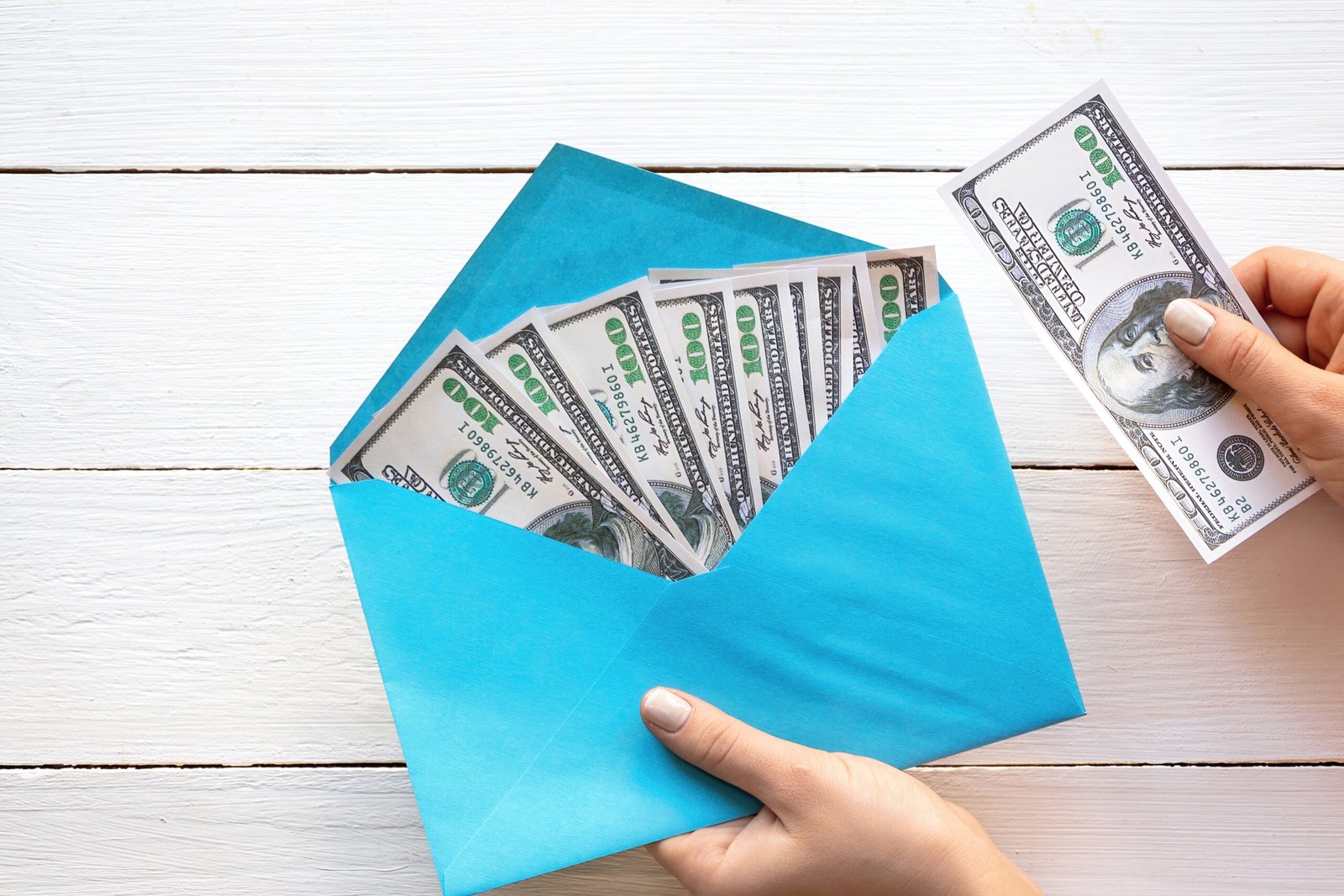
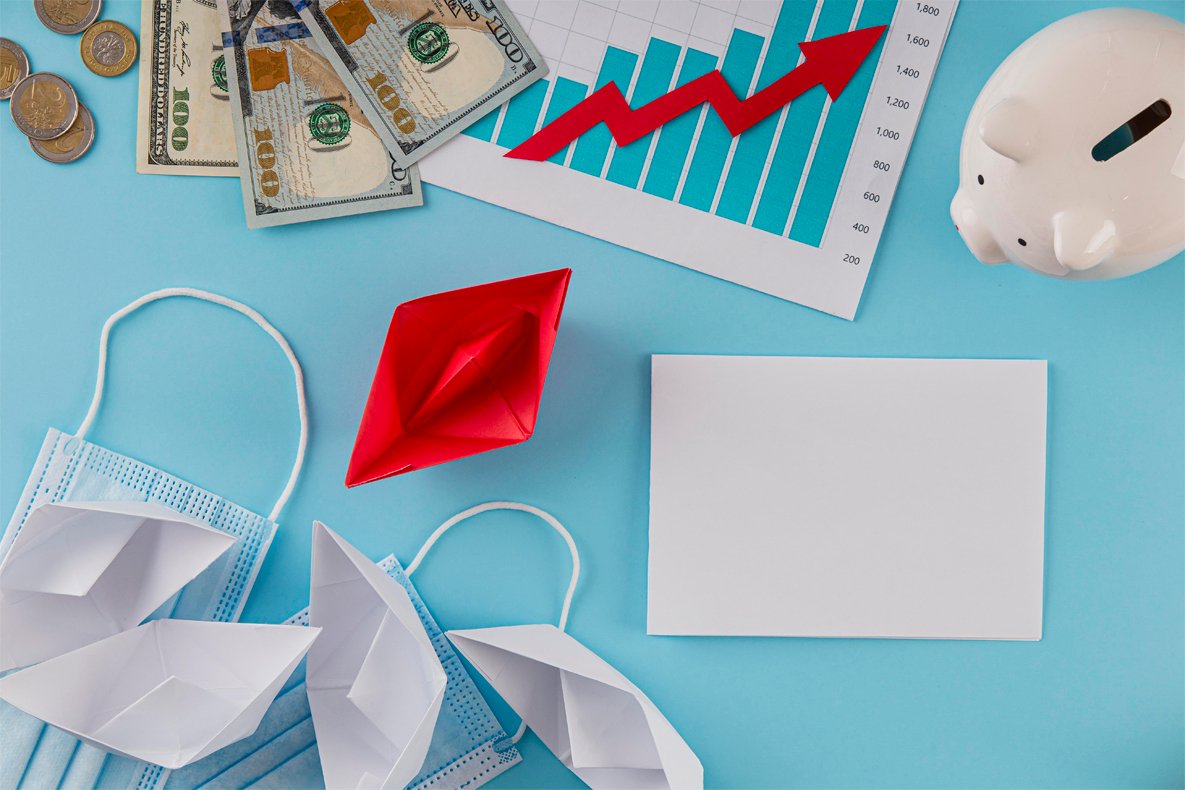

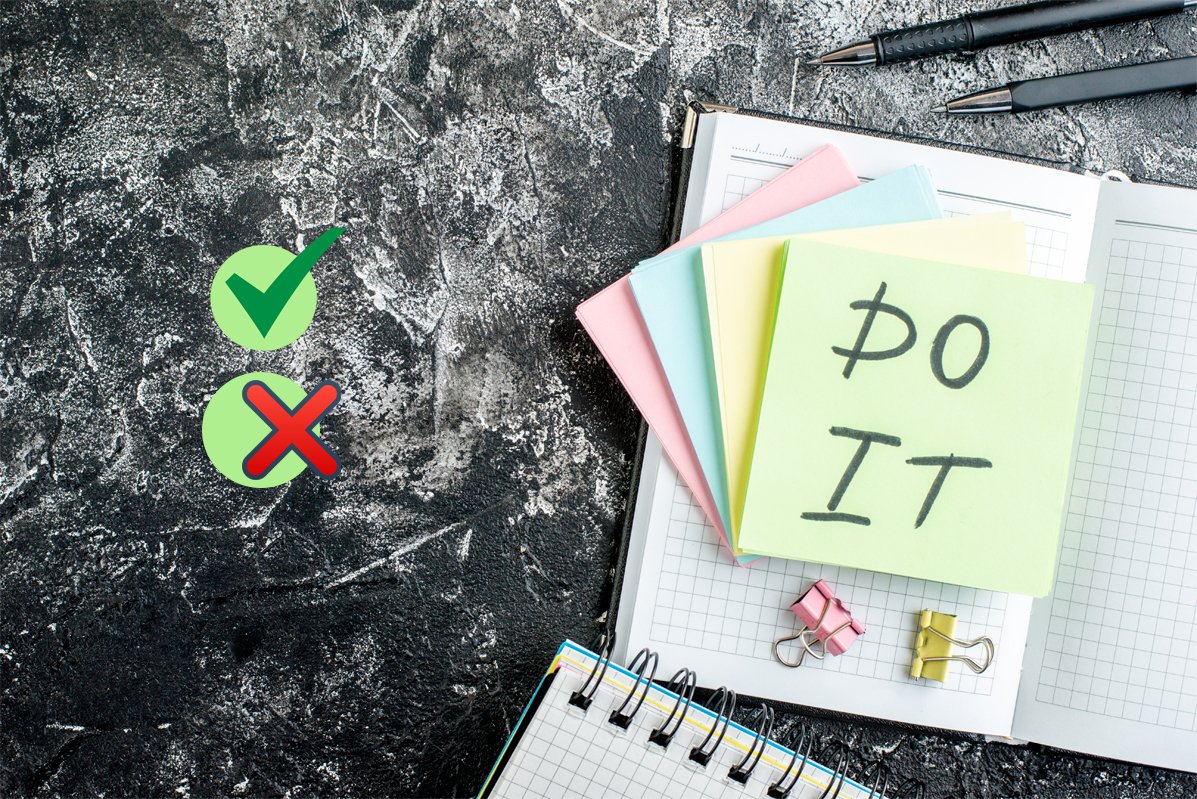
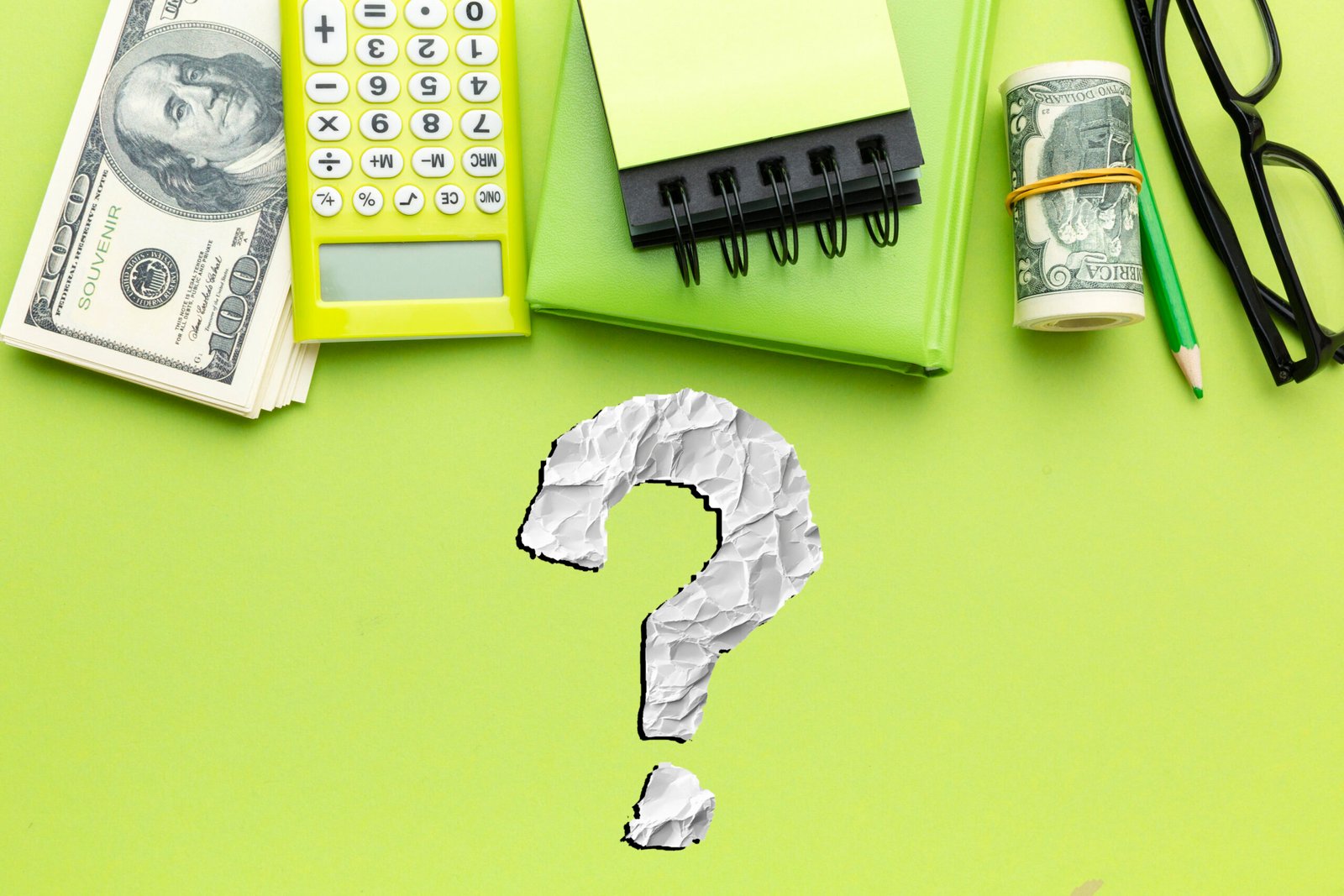
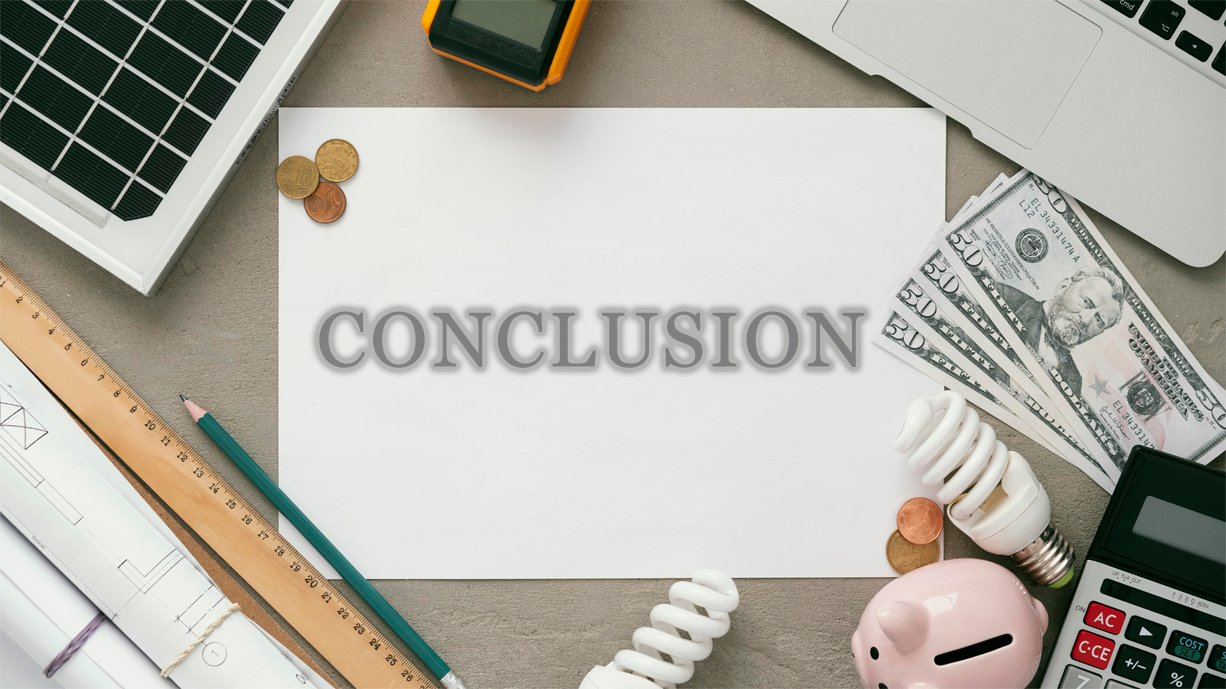
2 thoughts on “What is the Cash Envelope Budget System | 10 Successful tips”